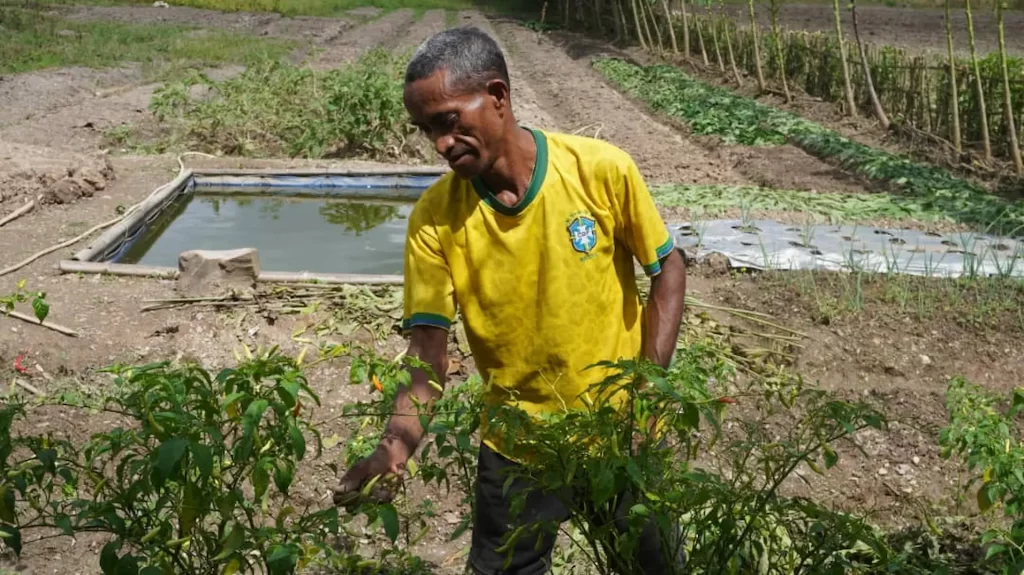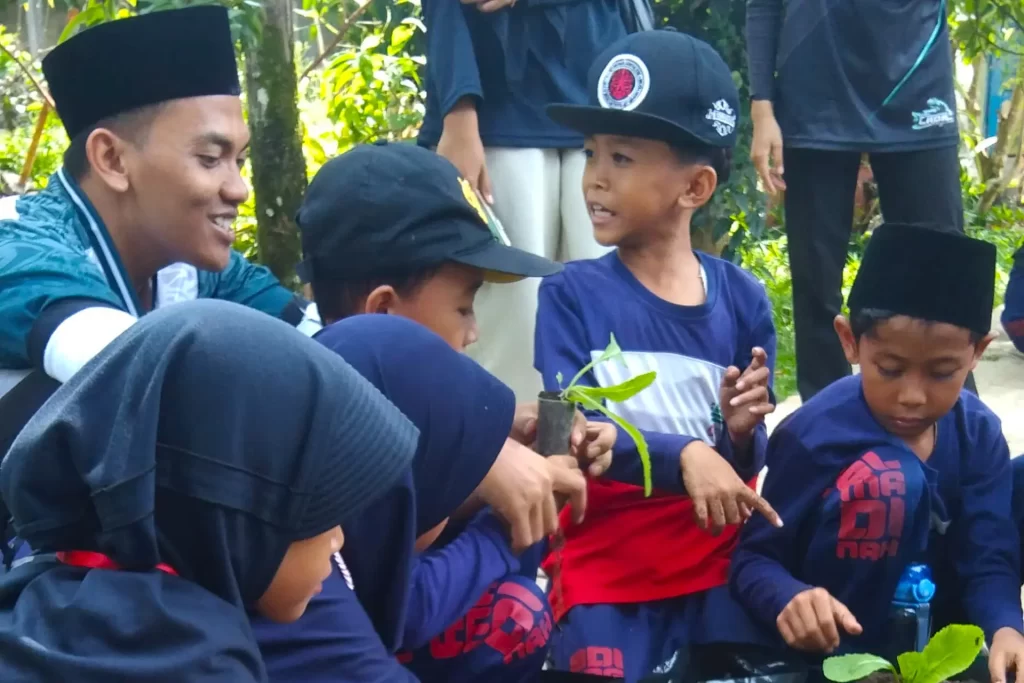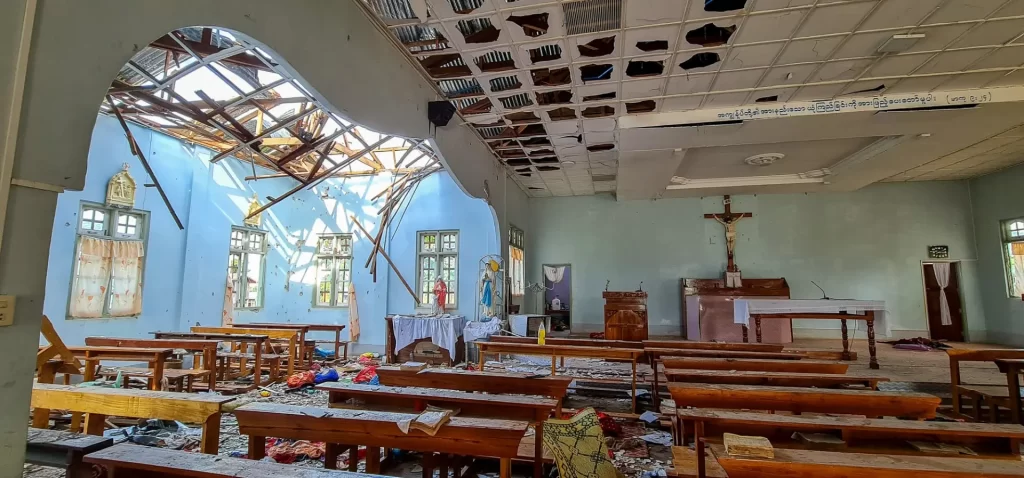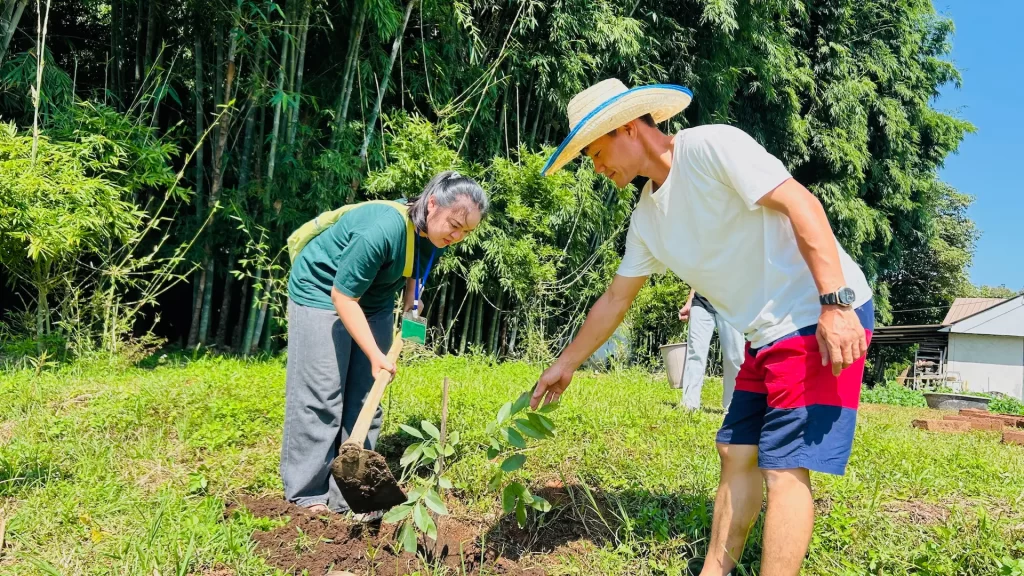As the floodwaters in Cambodia recede, the work of recovery and reconstruction begins. Fr Greg Priyadi SJ, Director of Jesuit Service Cambodia, reflects on the damage caused of by worst floods the country has experienced in years and the tough times faced by the people who have lost their homes, their harvest and their livelihoods.
This is supposed to be a happy time for most people in Cambodia. The farmers are waiting for harvest which usually begins in November. People flock to the cities, especially Phnom Penh, to enjoy water festival, which in this year is from November 10 to 12.
The Cambodian Water Festival, in Khmer language Bon Om Touk, takes place once a year, on the full moon of the Buddhist month of Kadeuk (usually in November). It celebrates a major natural occurrence: the reversing flow of the Tonle Sap river from Tonle Sap lake to the Mekong River. In dry season, the Tonle Sap lake empties into the Mekong River. However, when the rainy season arrives in the end of May, the volume of water in the Mekong rises, reversing the flow to dump water into the lake, increasing its size five to ten-fold. When the rainy season ends in November, the volume of water in Mekong drops once more, causing the current to reverse again, emptying the excess waters of Tonle Sap lake back into the Mekong.
This unique natural phenomenon is celebrated in Cambodia with three days of festivals, river parades, boat races, fireworks and general merriment.
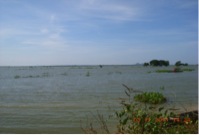
This year, the water festival is celebrated without boat racing, the landmark event of the feast. On October 13, 2011, Prime Minister Hun Sen announced that the government had decided to cancel boat races due to the worst flooding the country has seen in over a decade that devastated the countryside. The water level of Tonle Sap river, the venue of the boat racing, is still very high, making the race risky for participants. The flooding in the provinces has brought the people much suffering and government has to spent million of US dollars on assistance to the people.
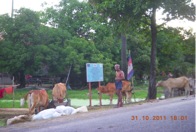
Mr Hun Sen also announced that the government would be putting US$100 million from its 2010 and 2011 reserves toward relief efforts and rehabilitation. China donated US$7, 833,000 to help the country cope with the devastation. Japan donated US$325,000. The government, Cambodia Red Cross, NGOs, Churches, and other institutions have joined efforts to give aid- relief.
The floodwaters have receded and the majority of flood evacuees have moved home. As of last week, 1,113 schools have been reopened. But other problems arise. Poor living conditions are a perfect incubator for disease. There is a big risk of diarrhoea and other illnesses. Malaria and dengue fever are also a big concern.
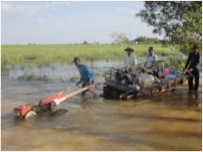
The effects of the floods will be long. With infrastructure damaged and houses destroyed, reconstruction will take time. Given the fact that the rice crops are ruined and the harvest has failed, there is a real need of emergency relief in the near future.
To see more pictures of the extent of the floods in Cambodia, click here.
Related story – Amid the devastation of repeated floods.

